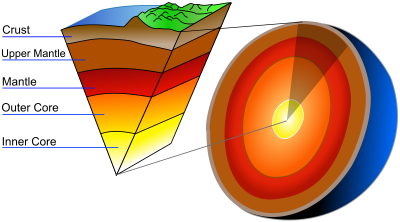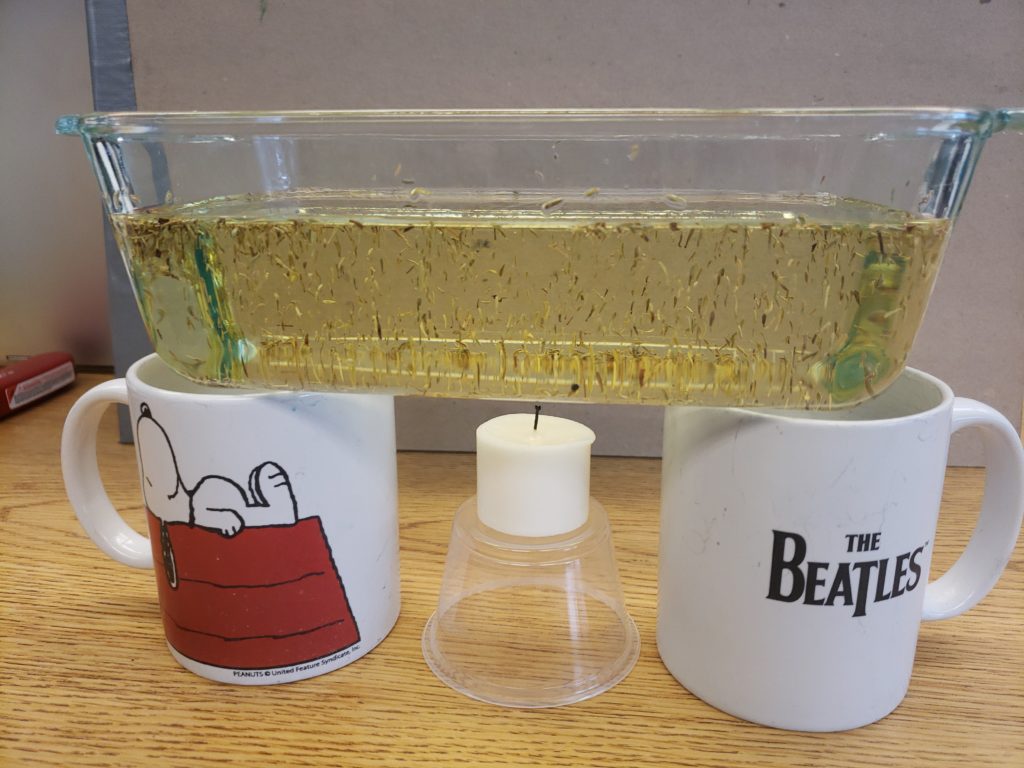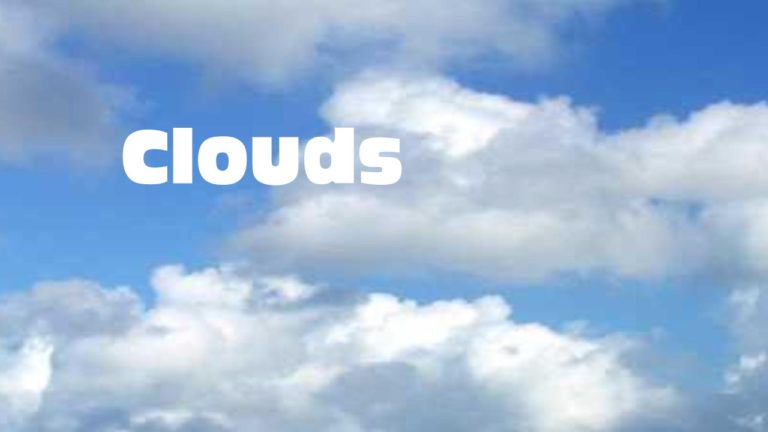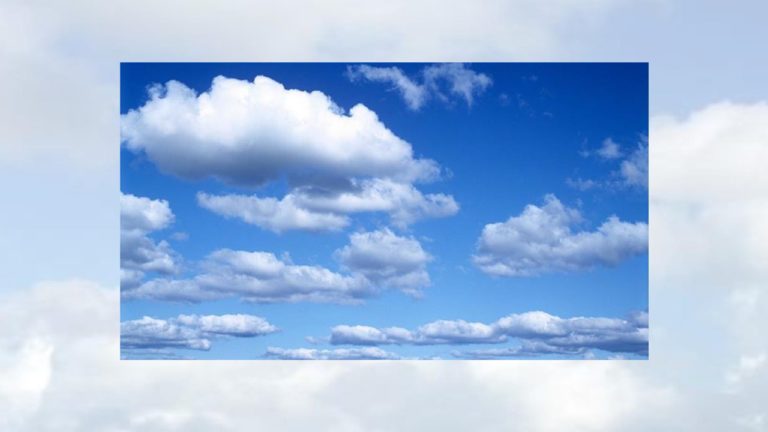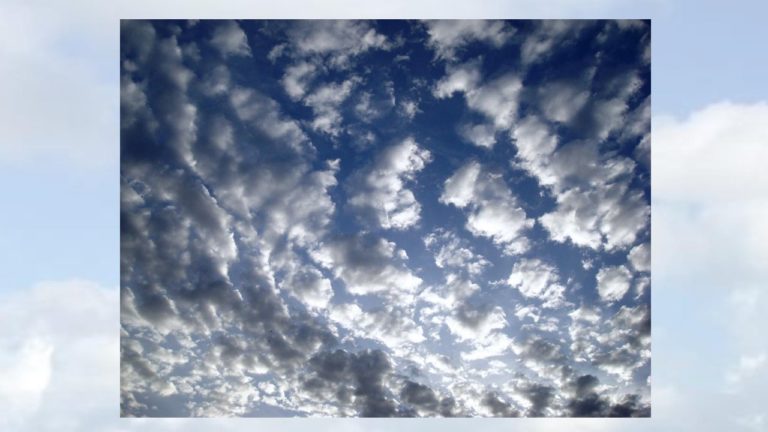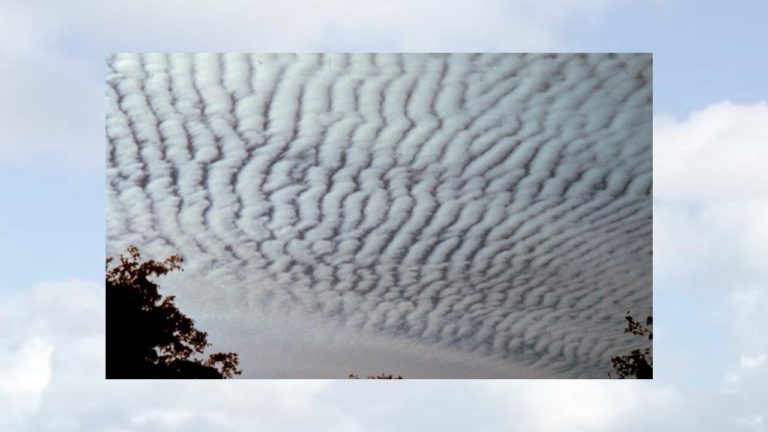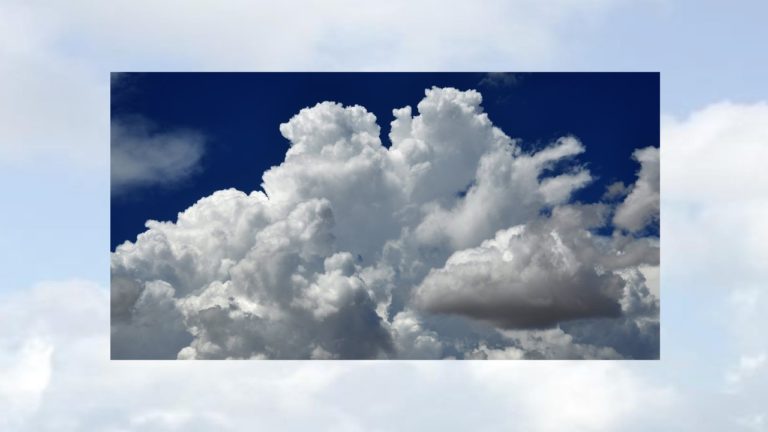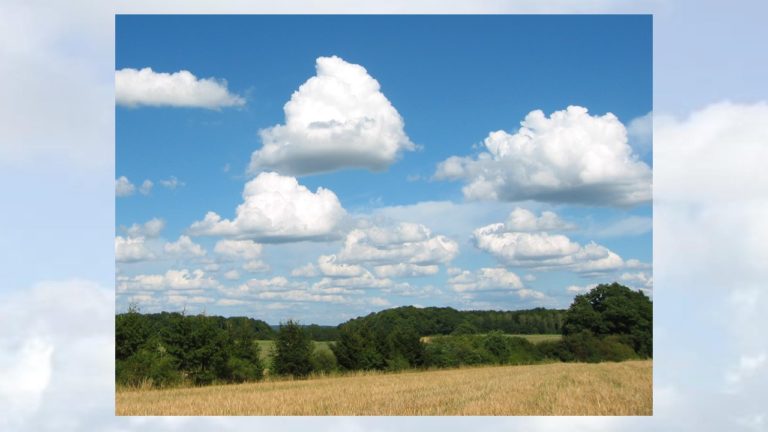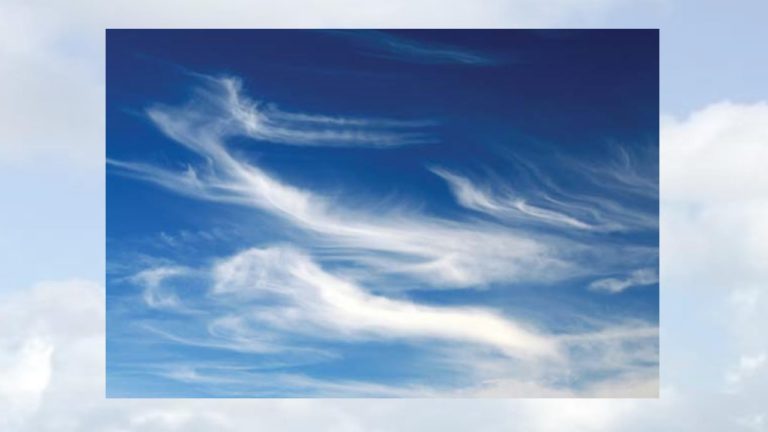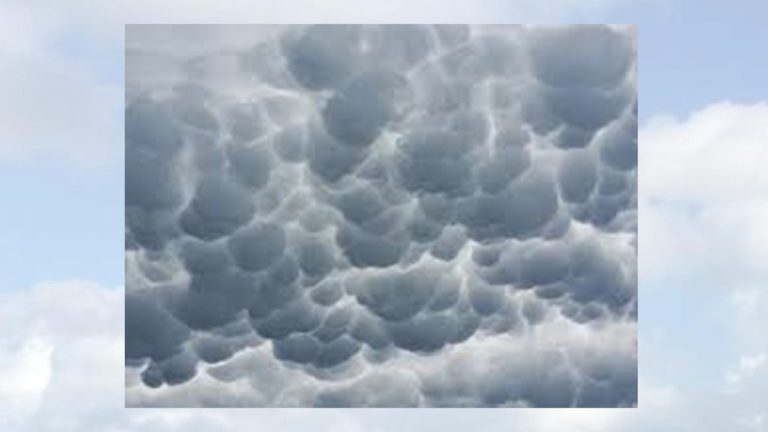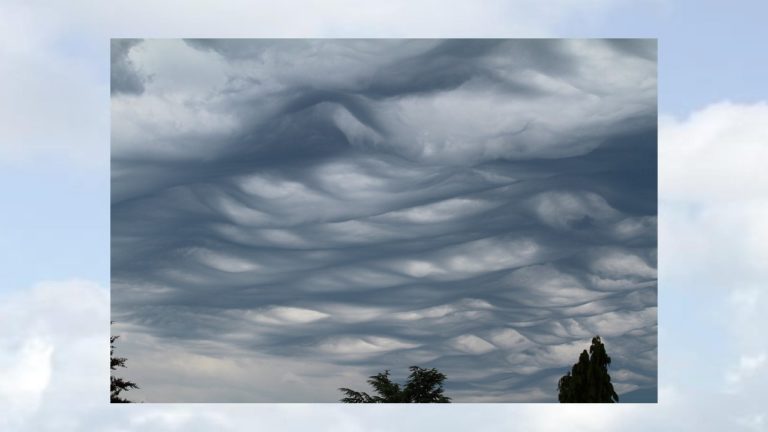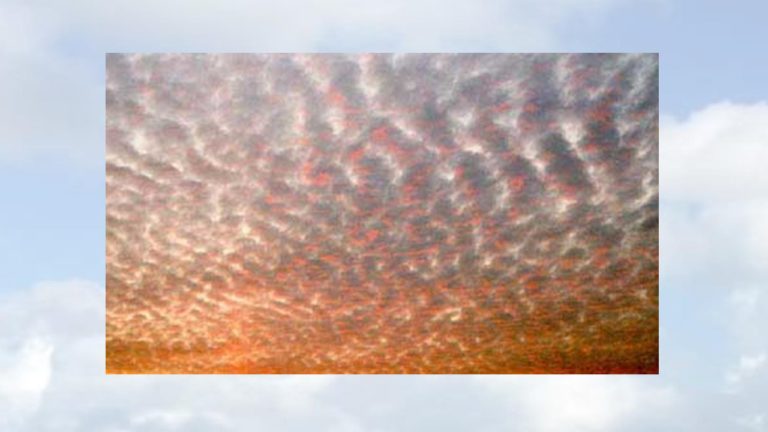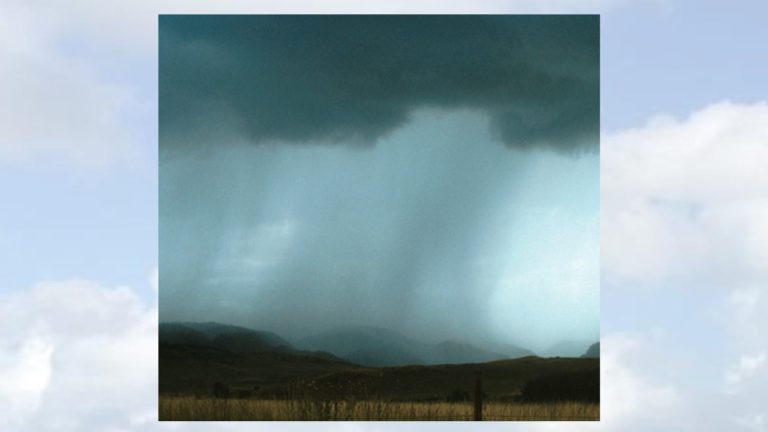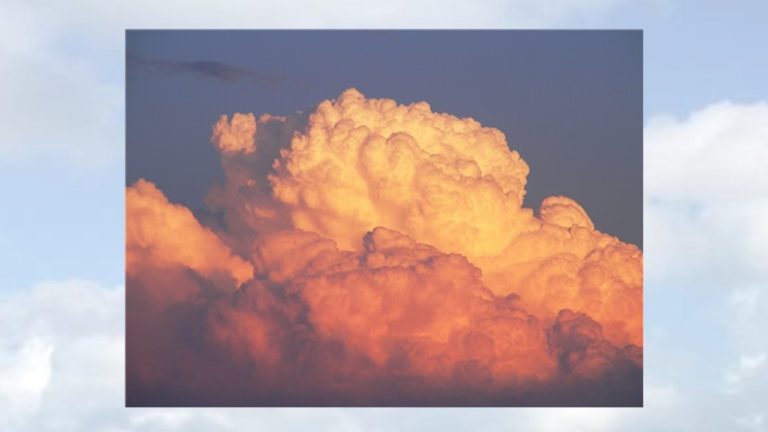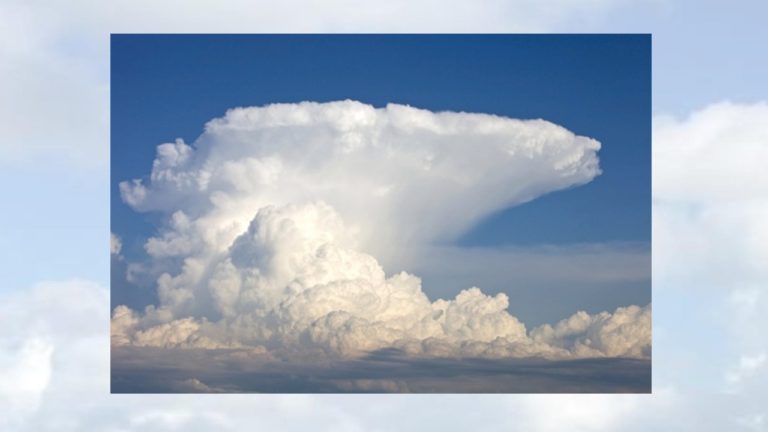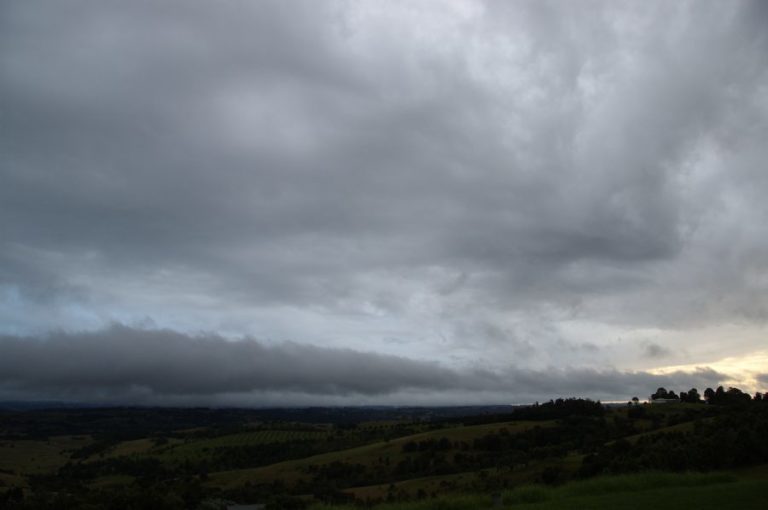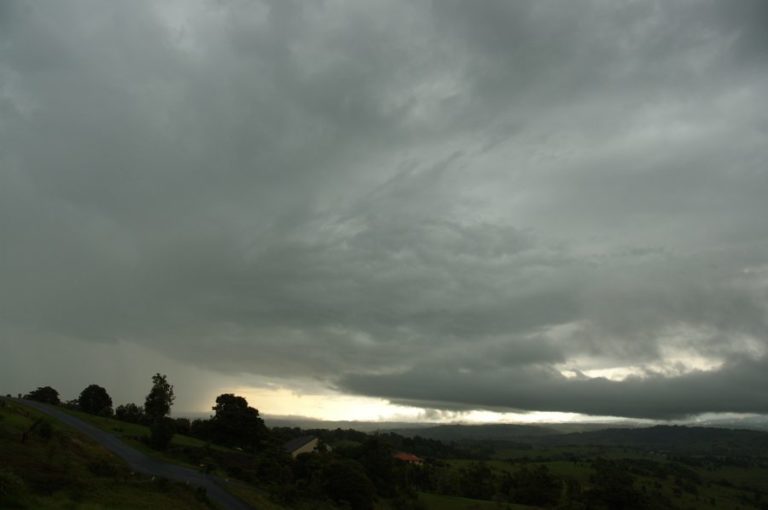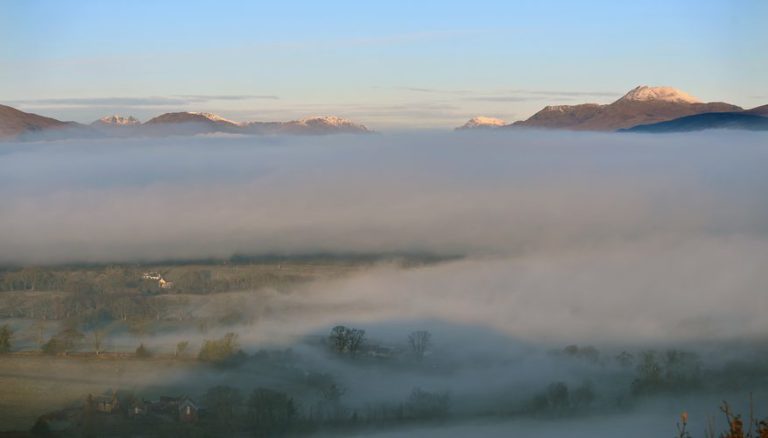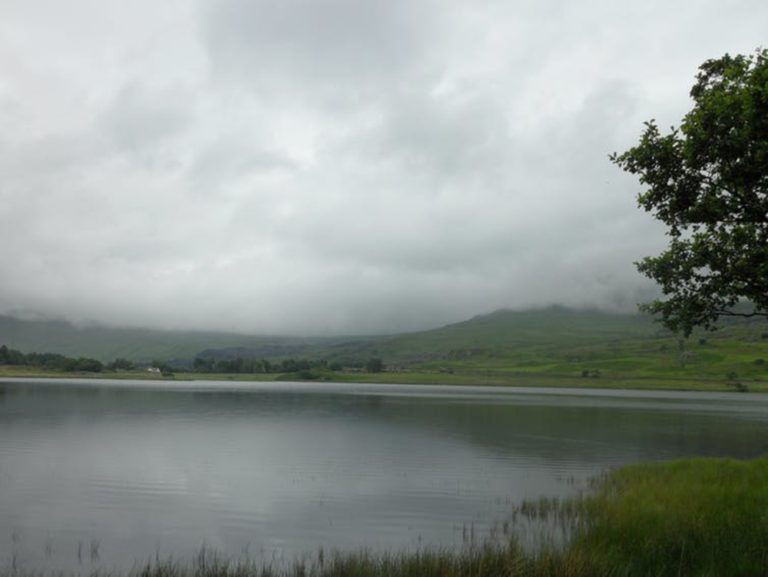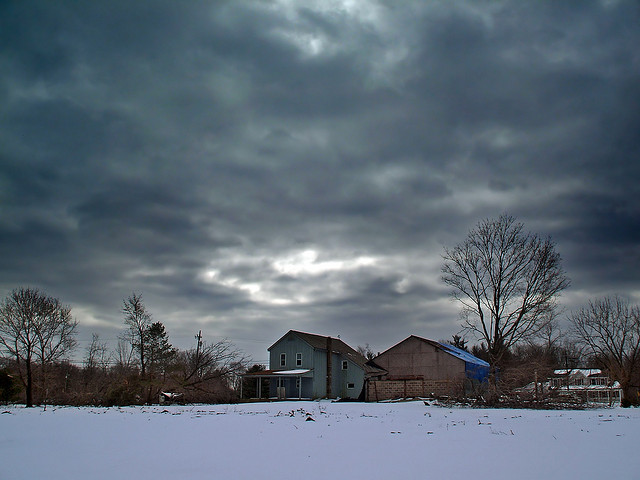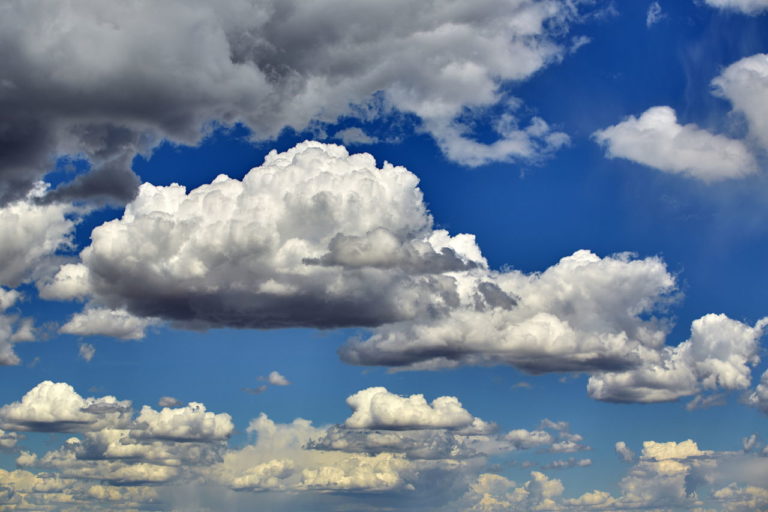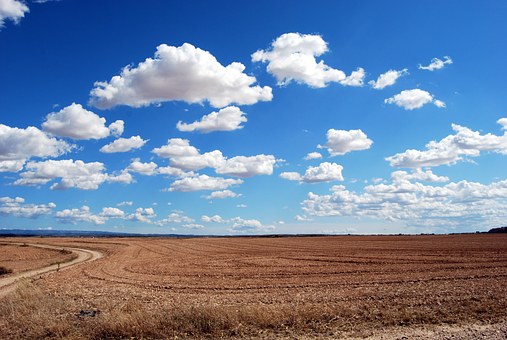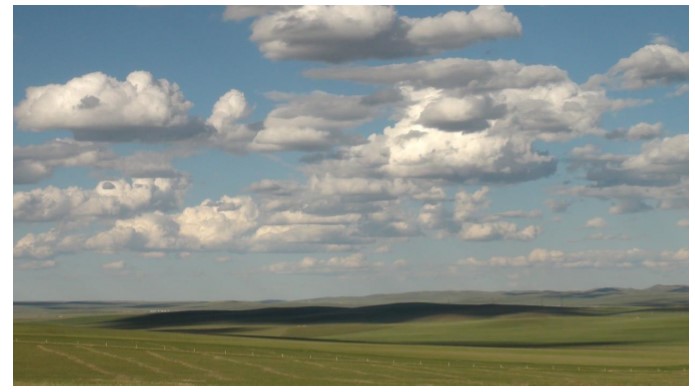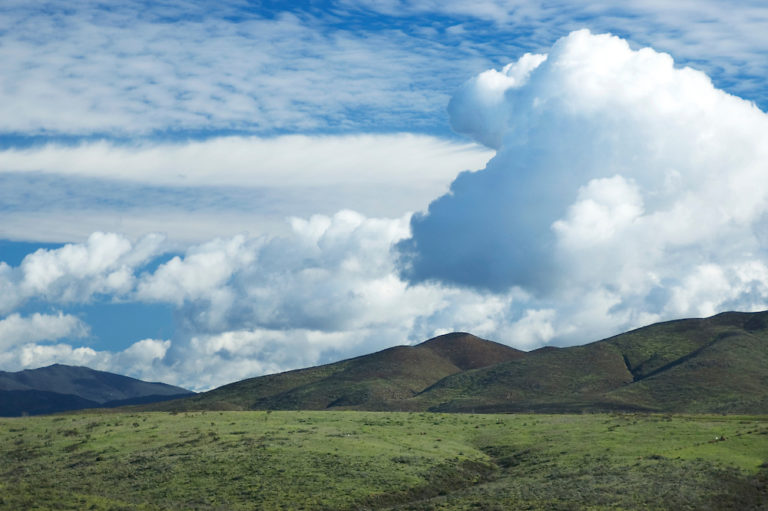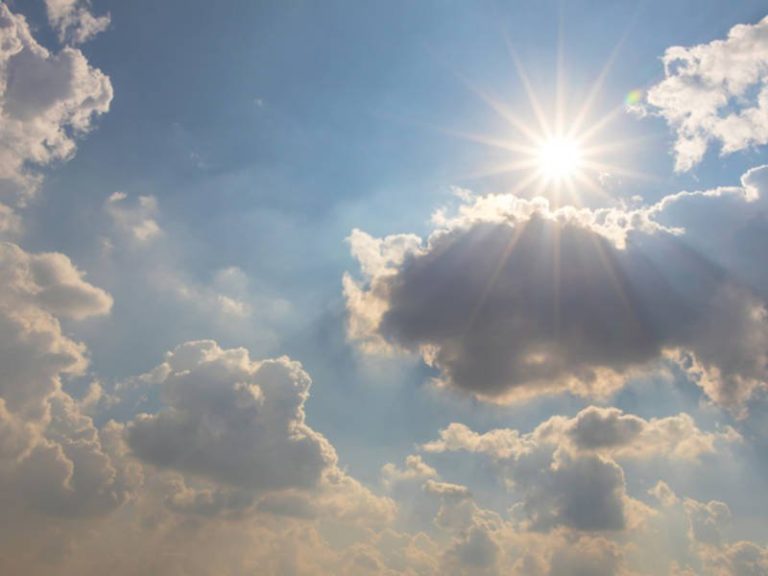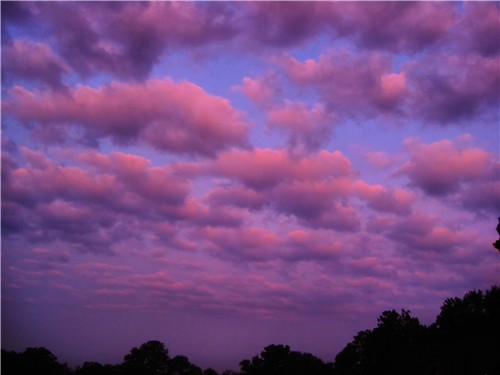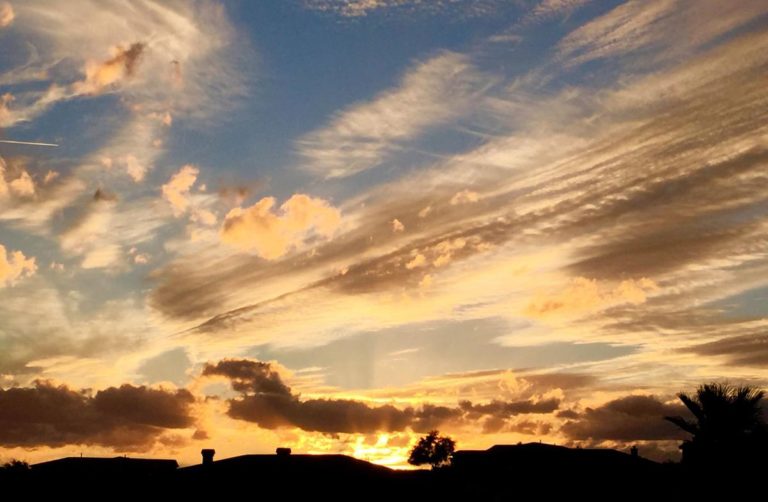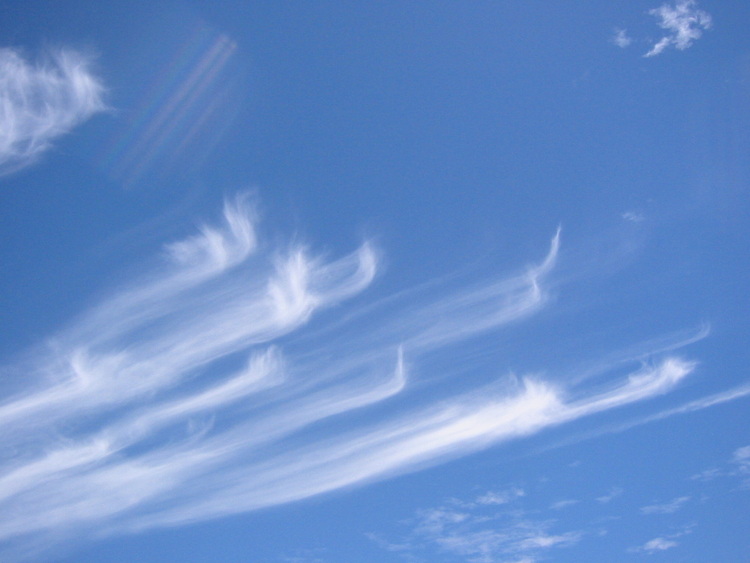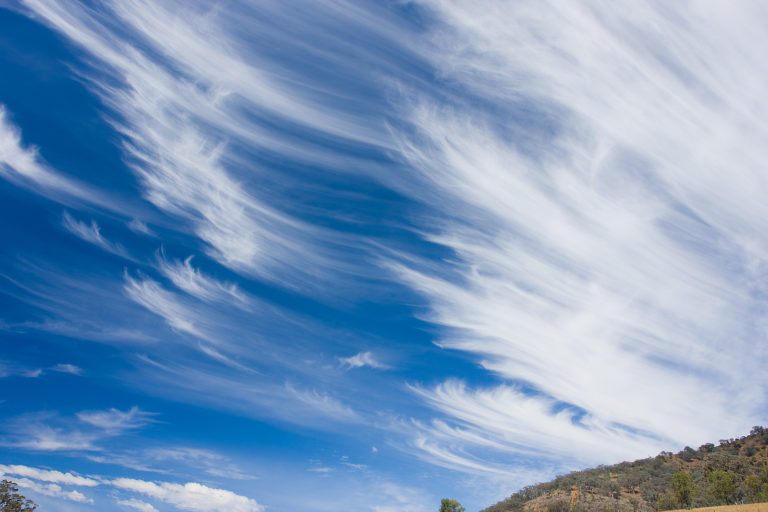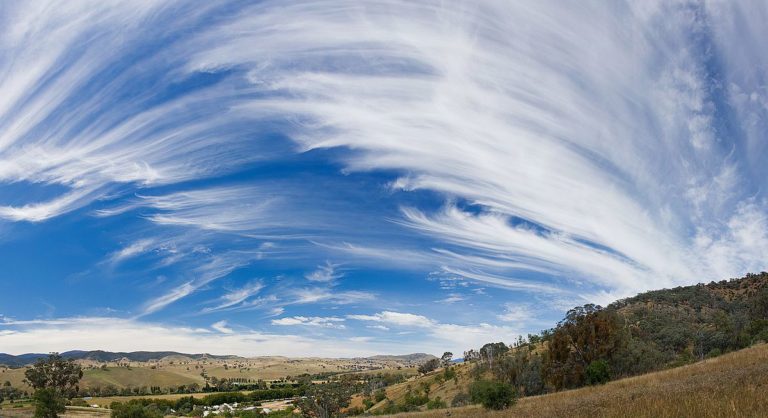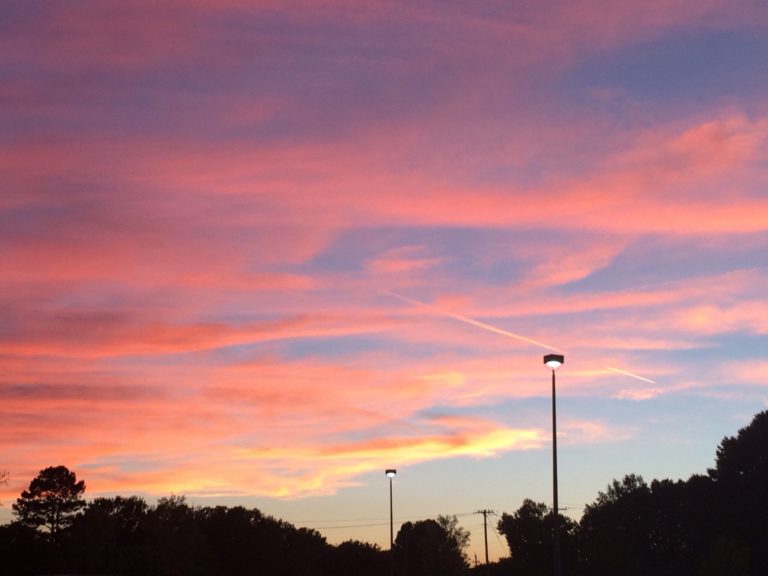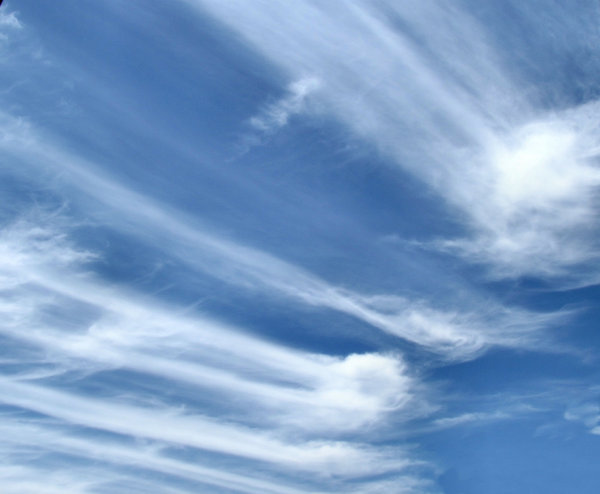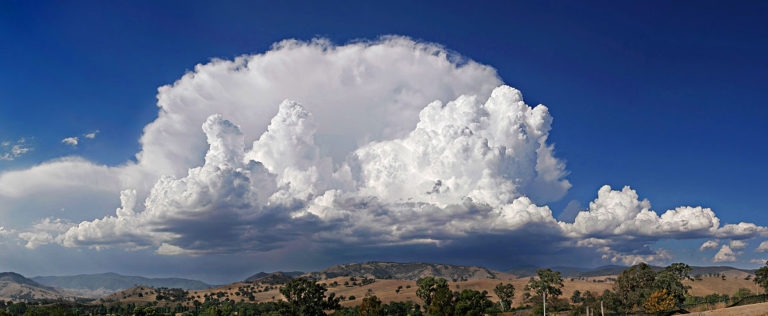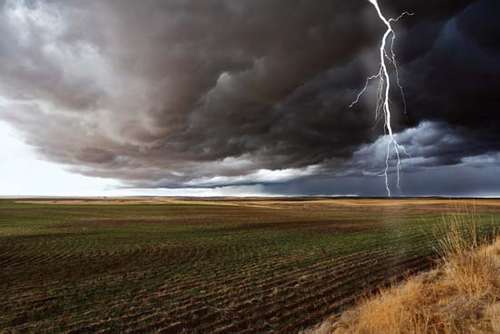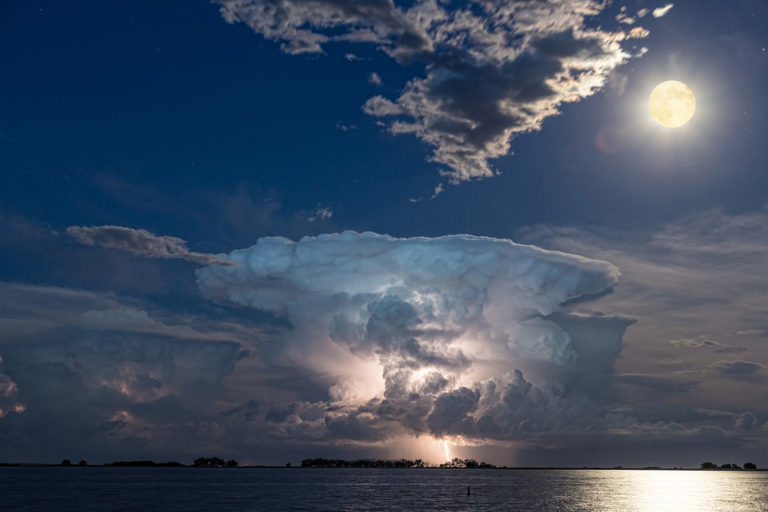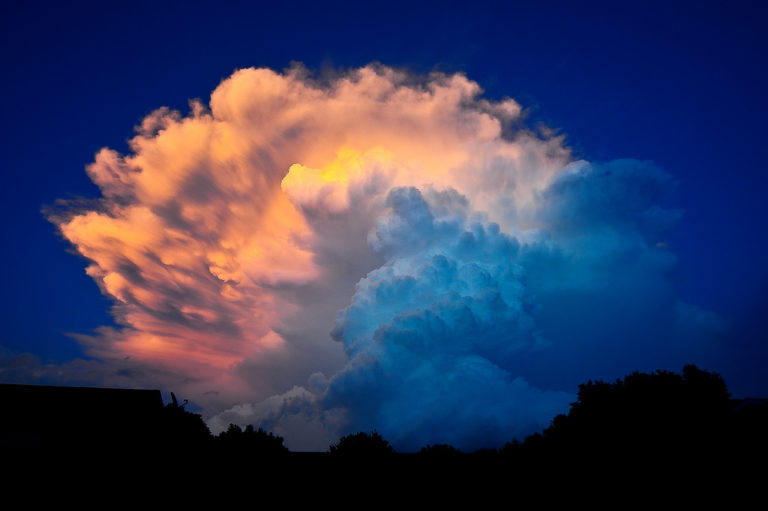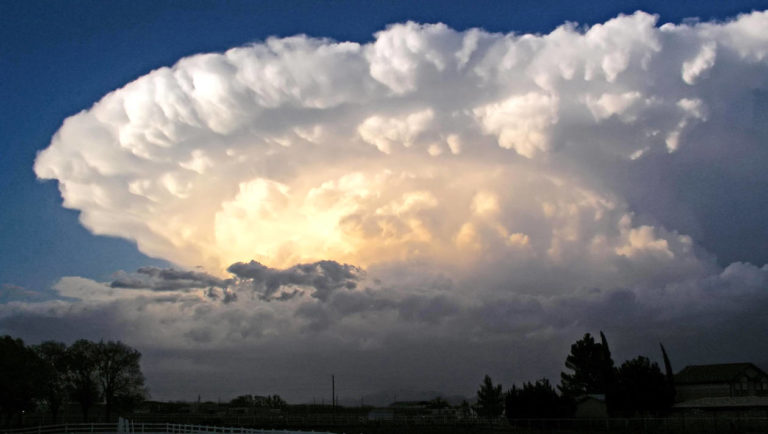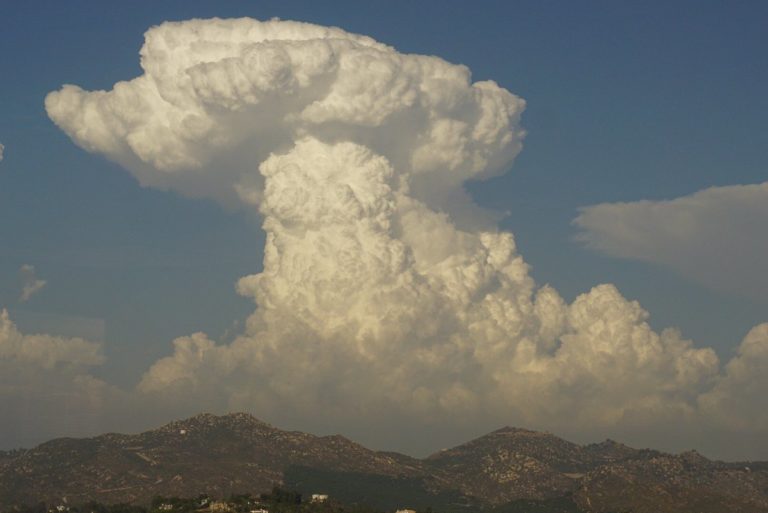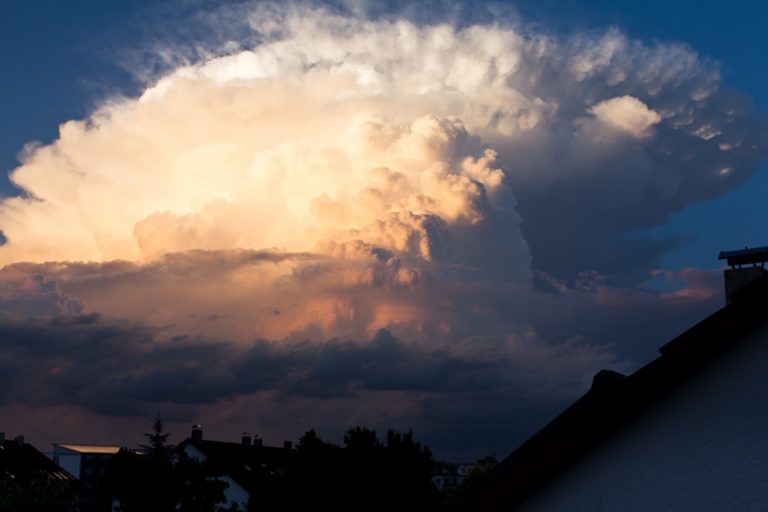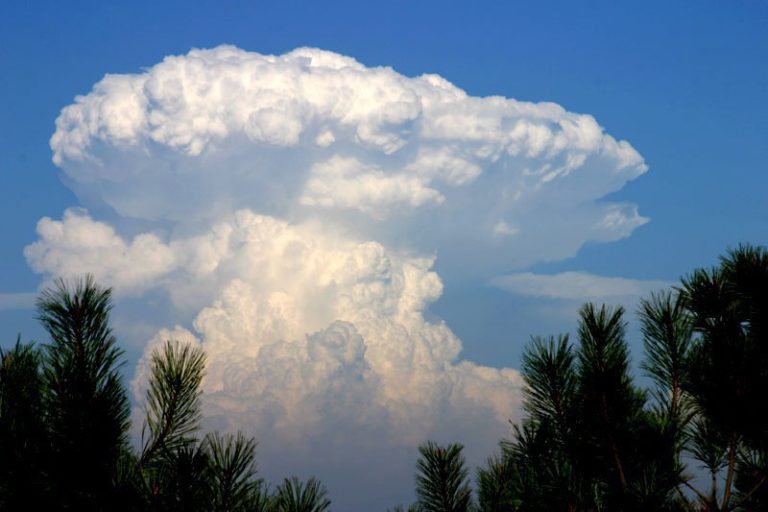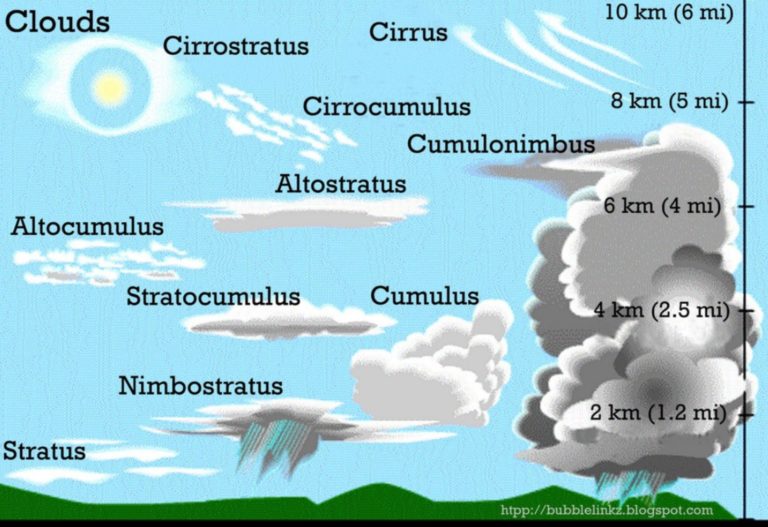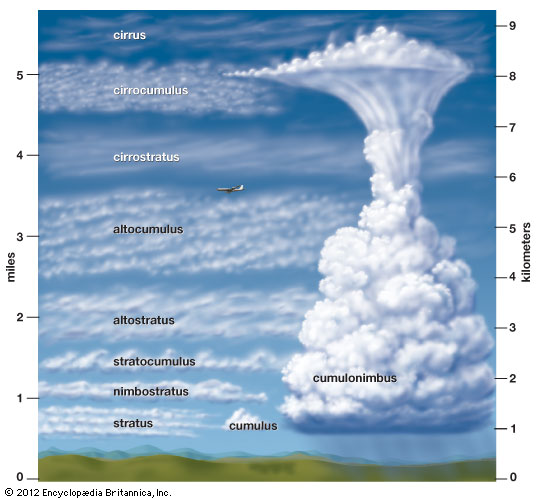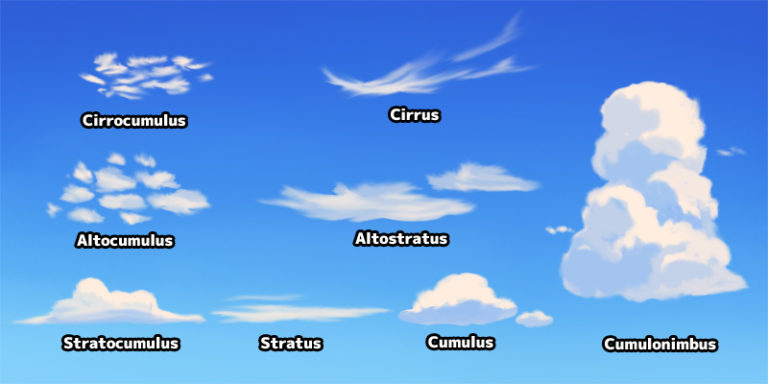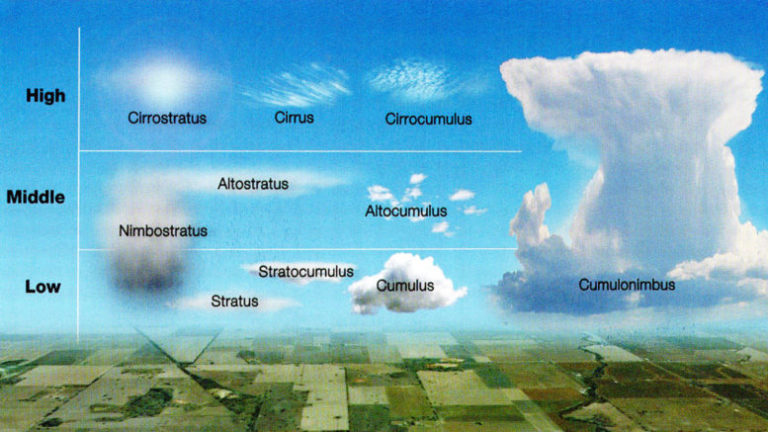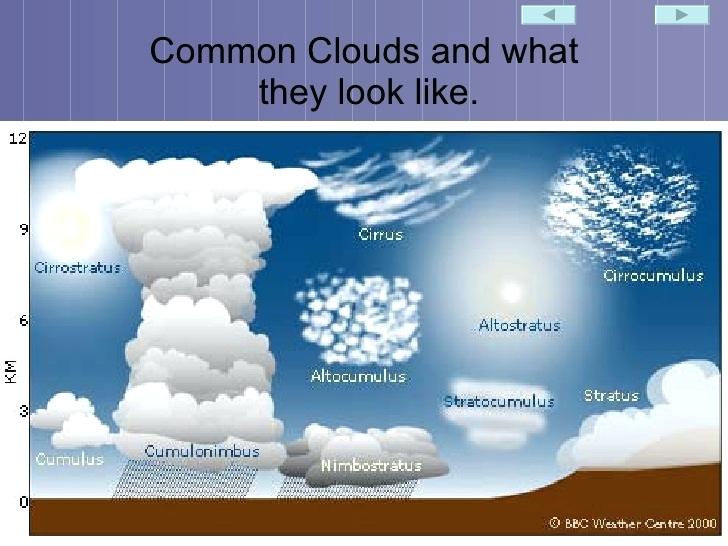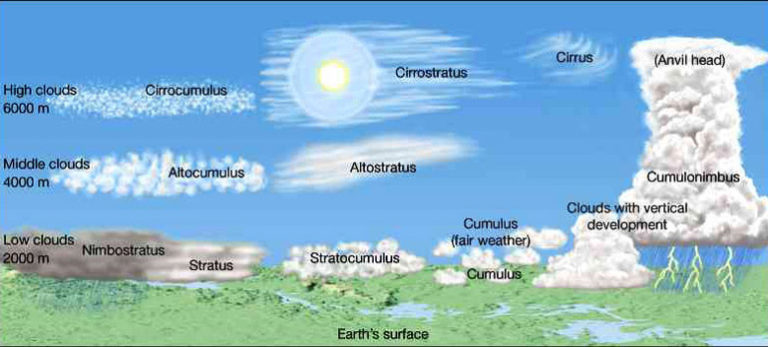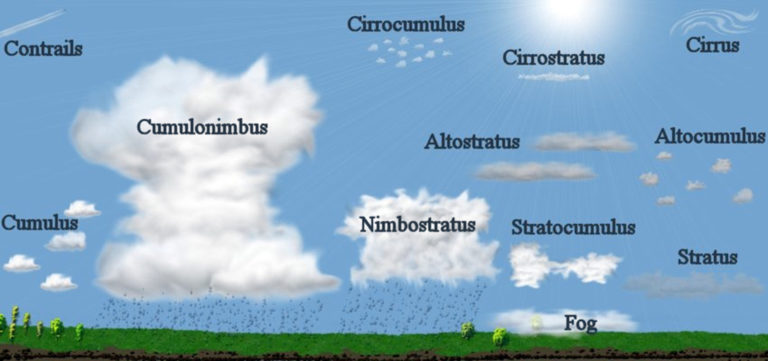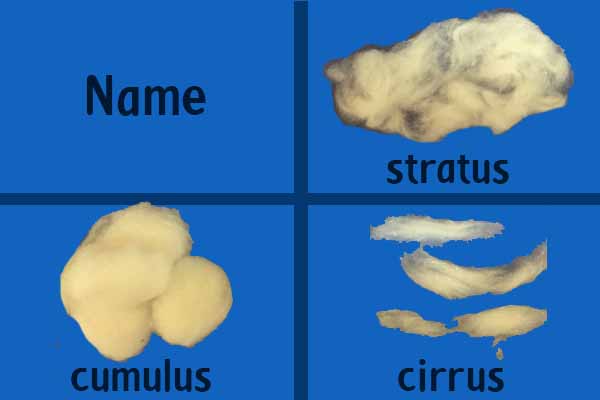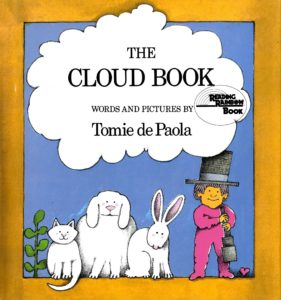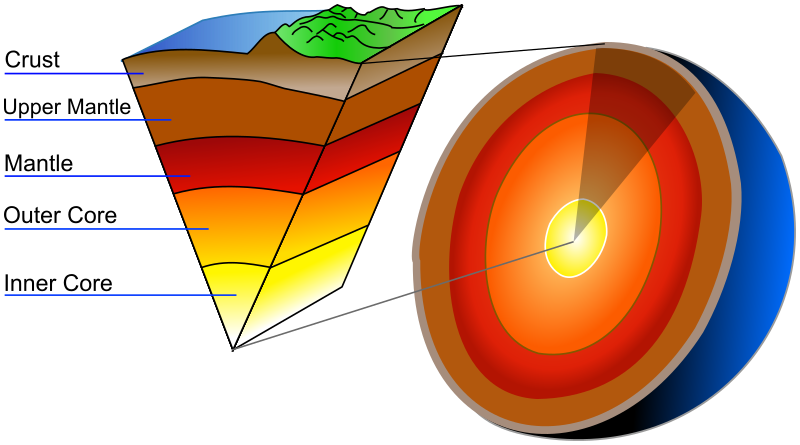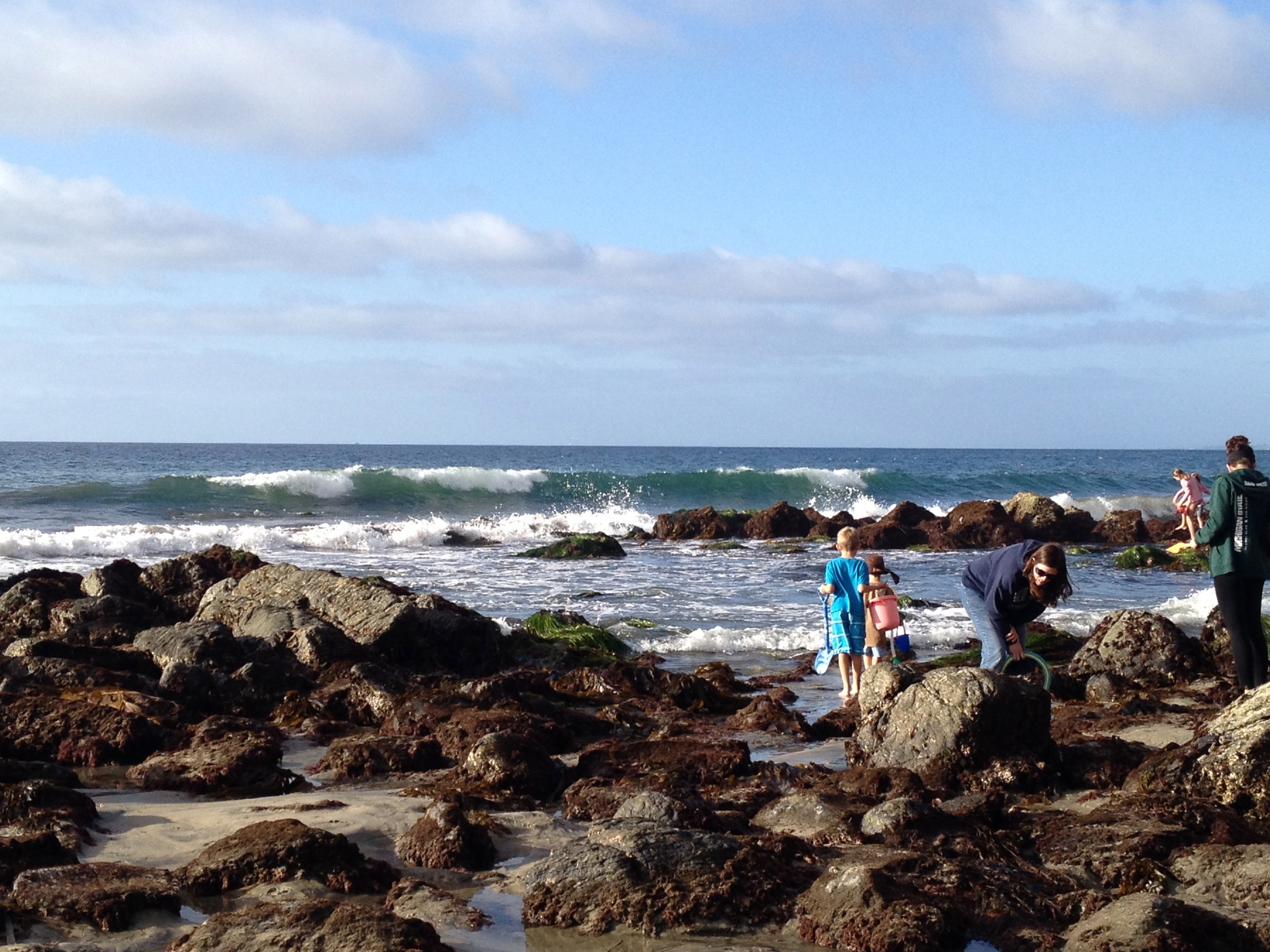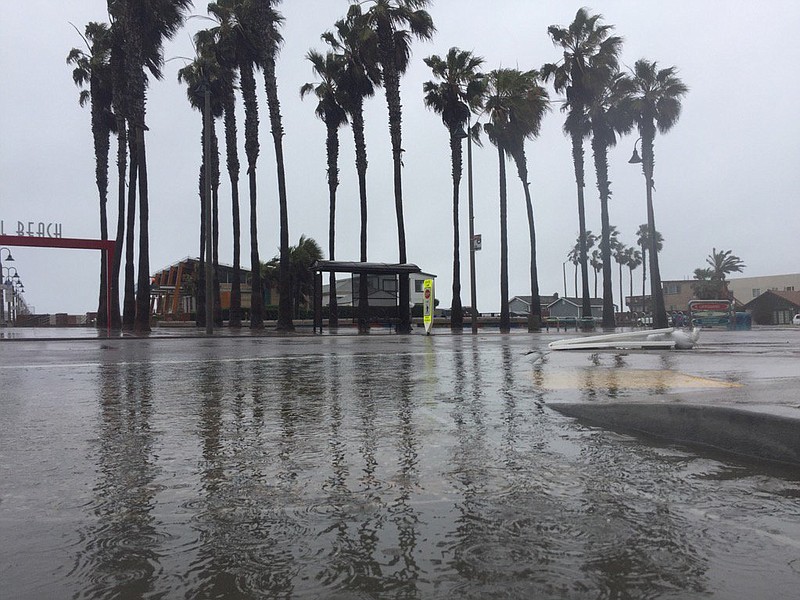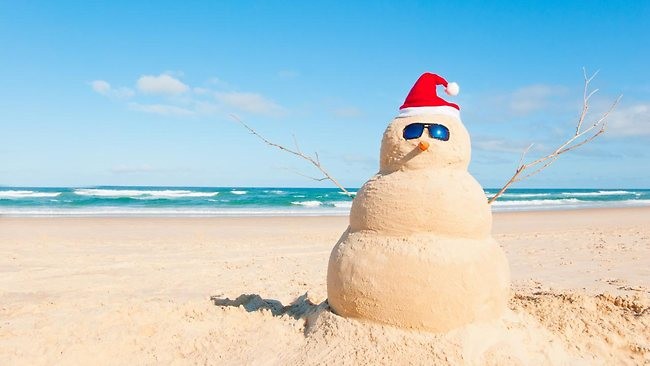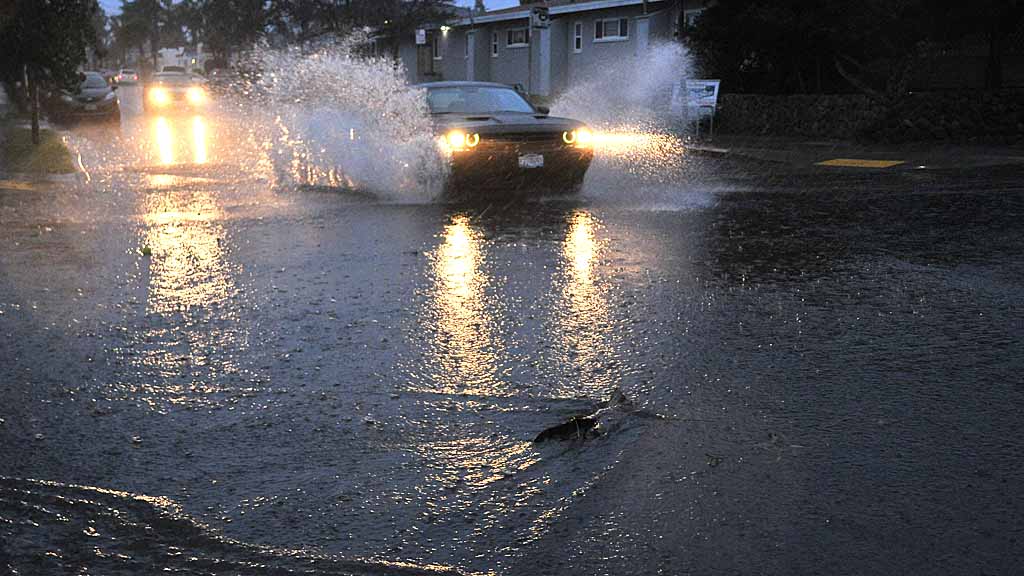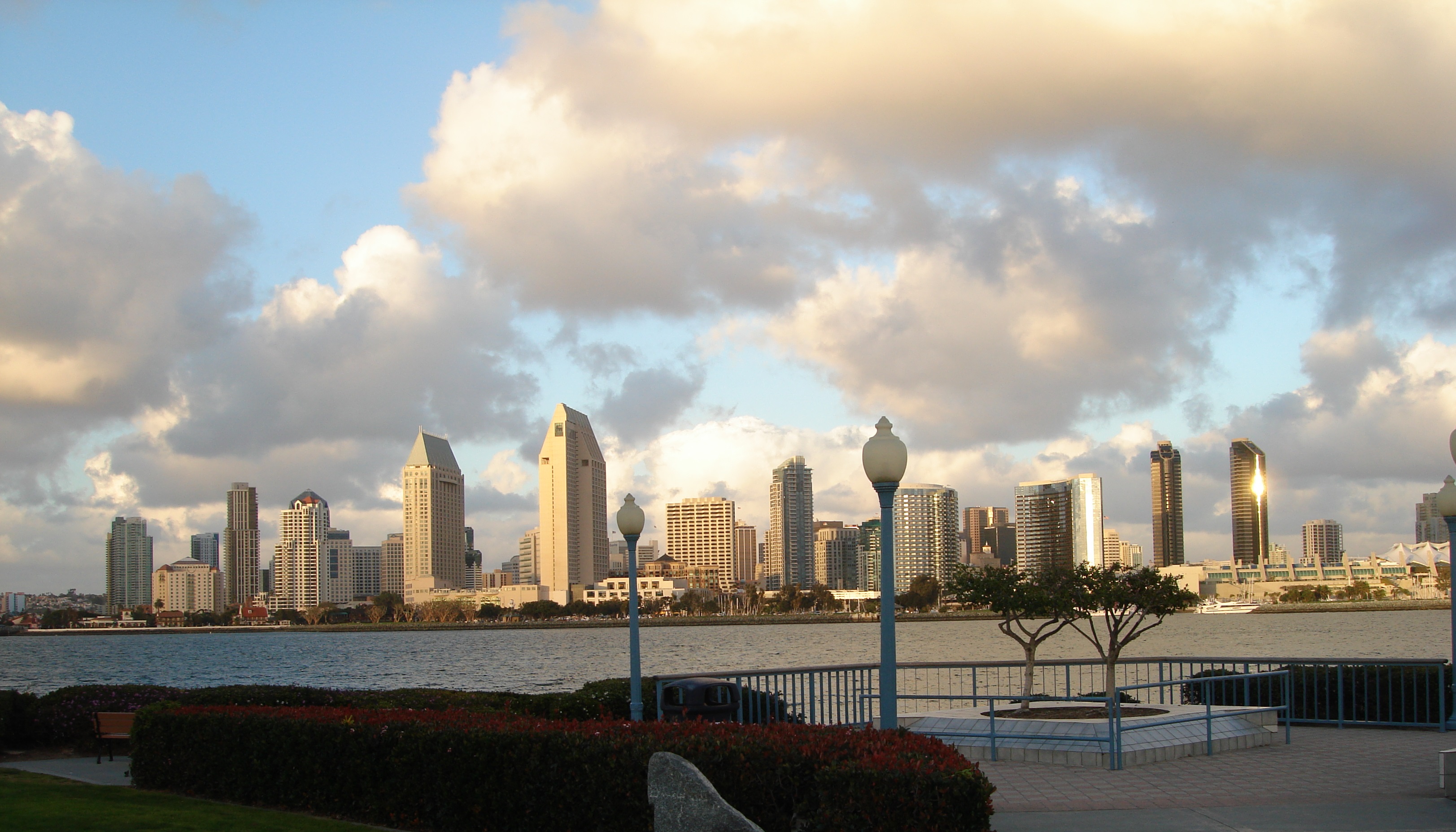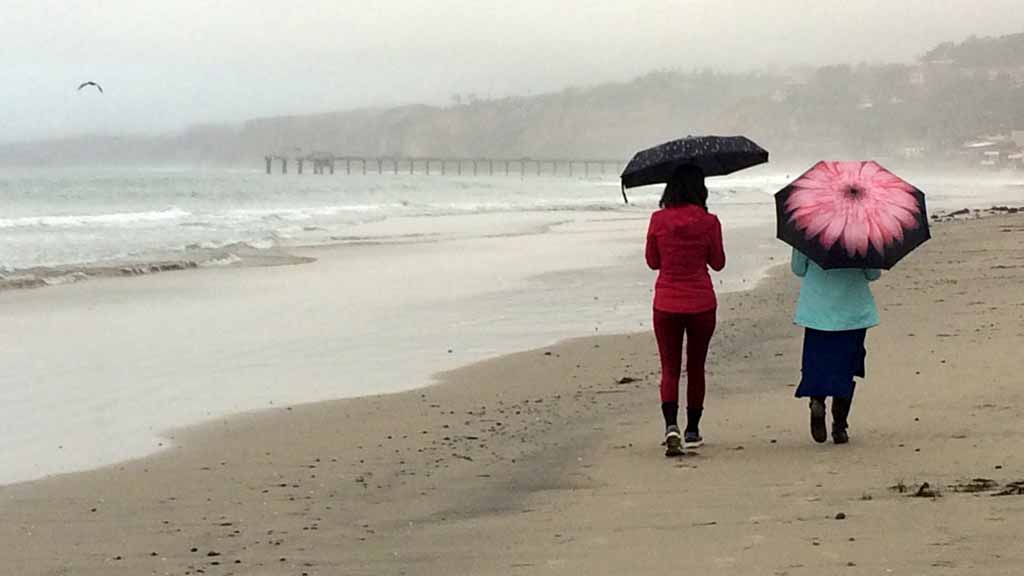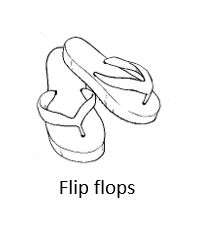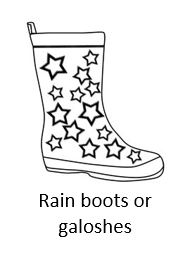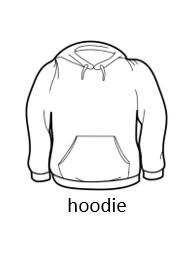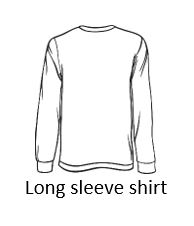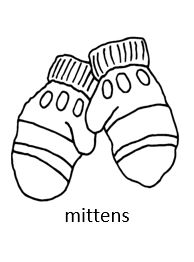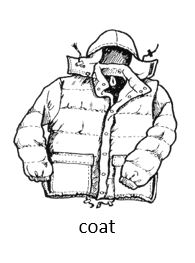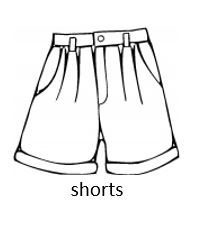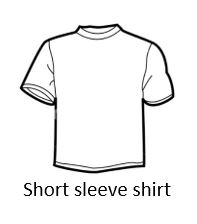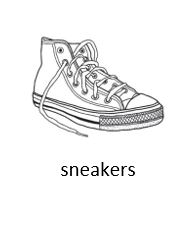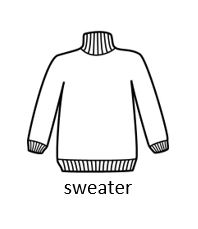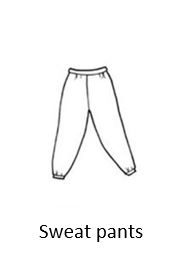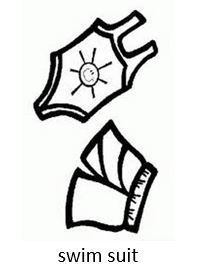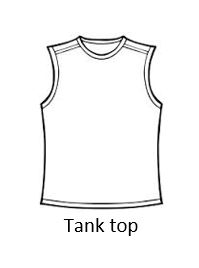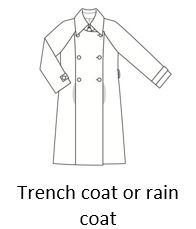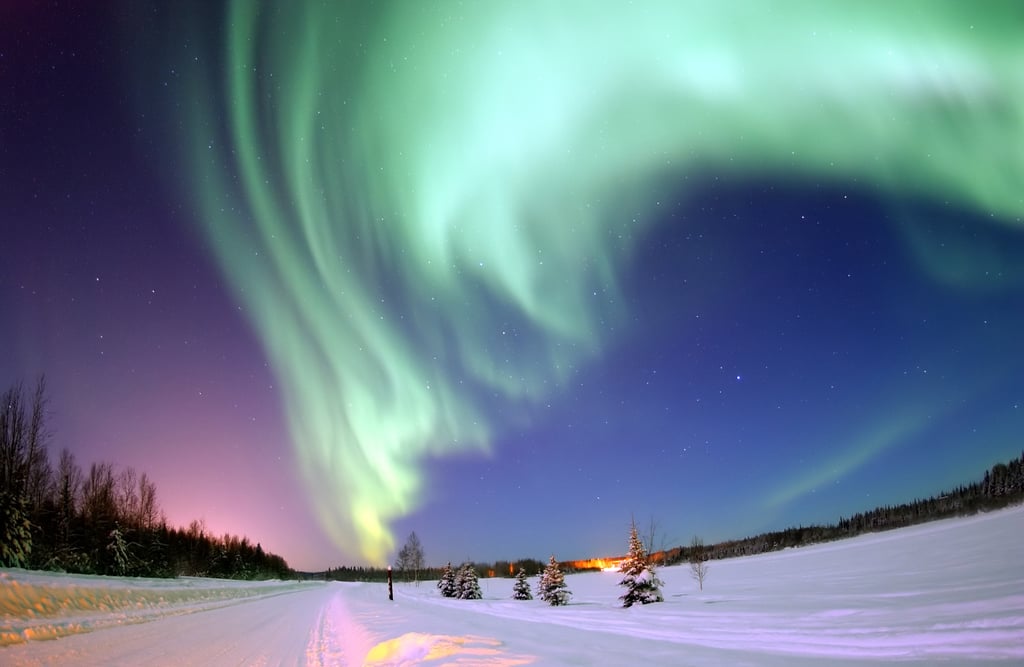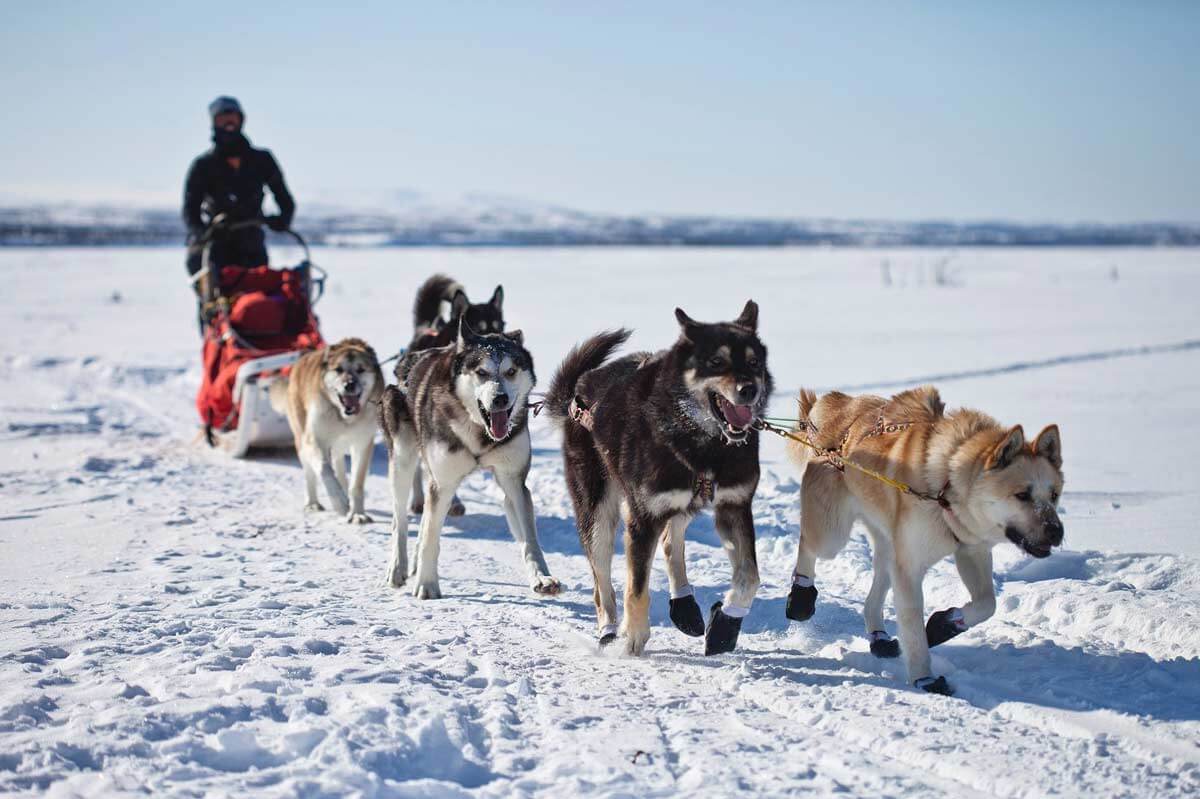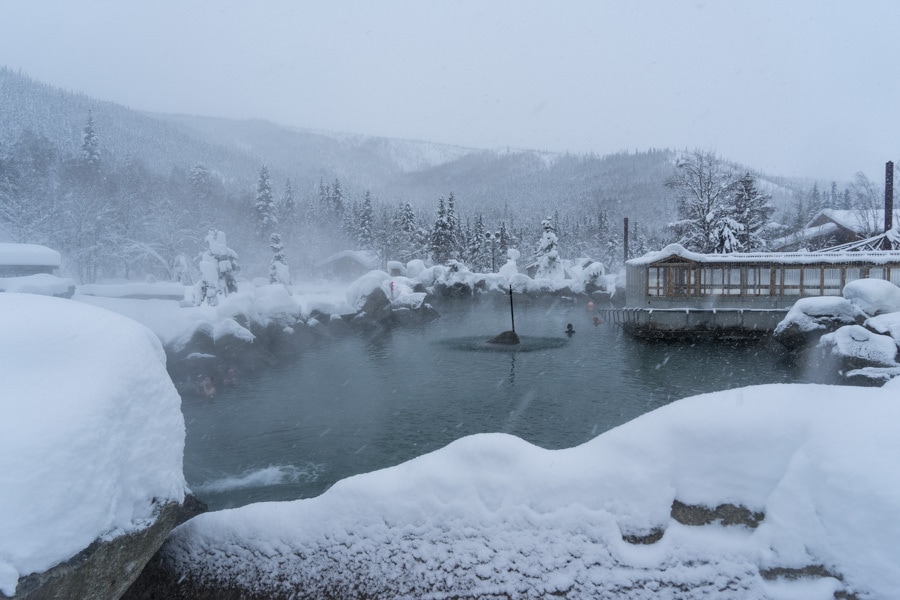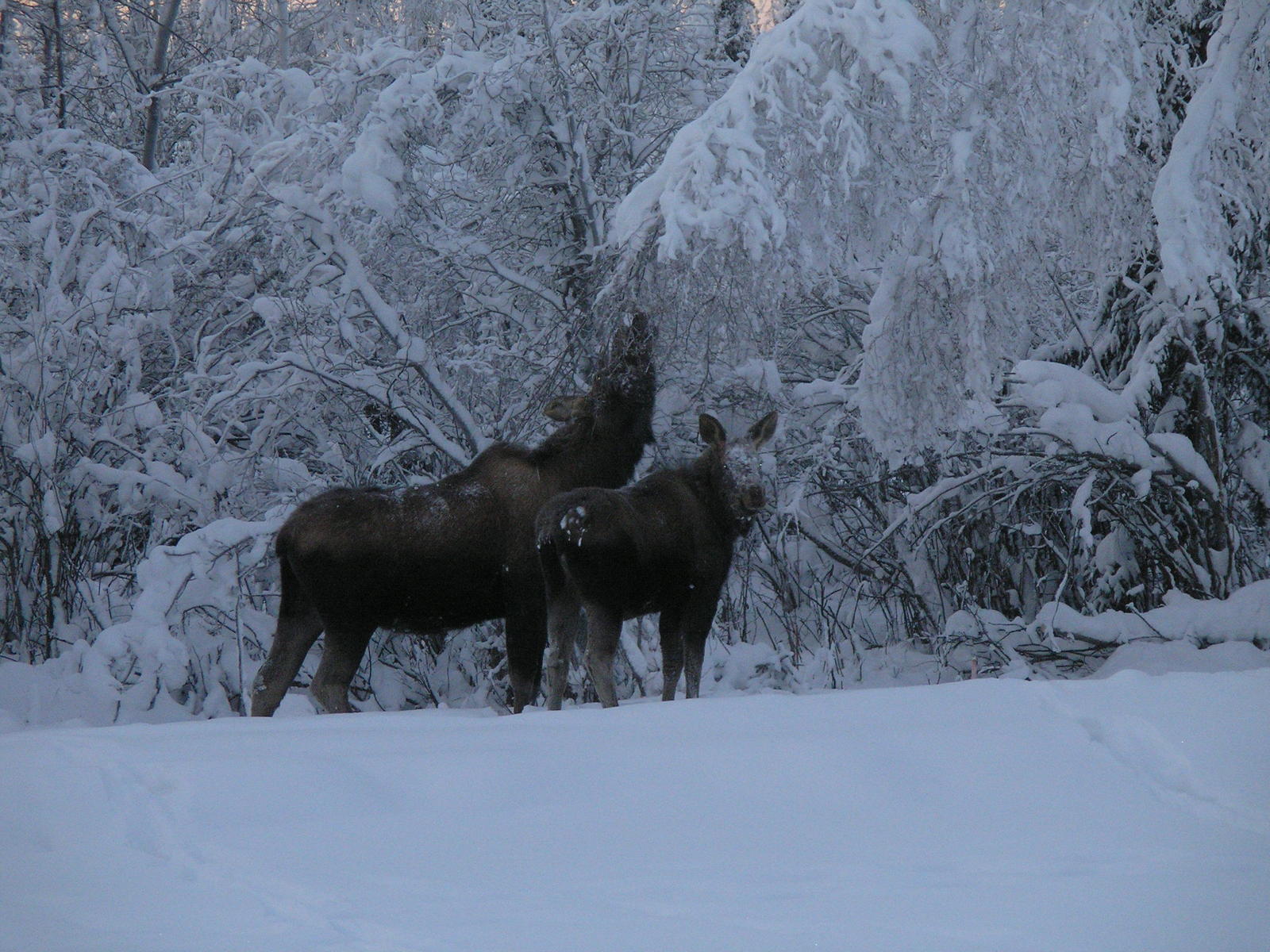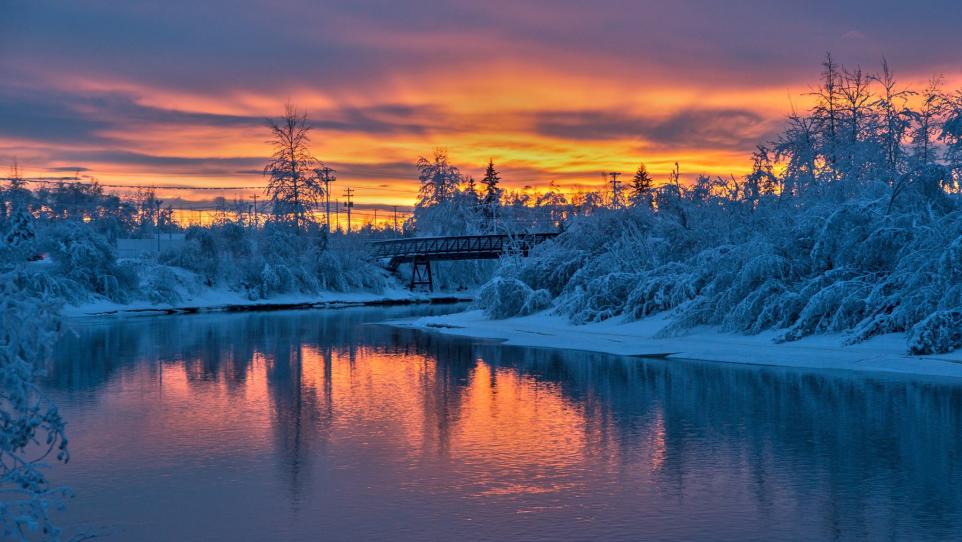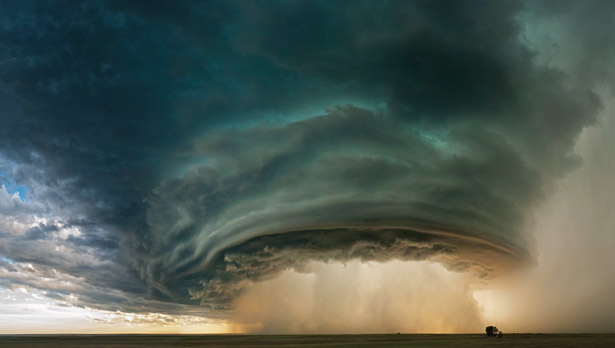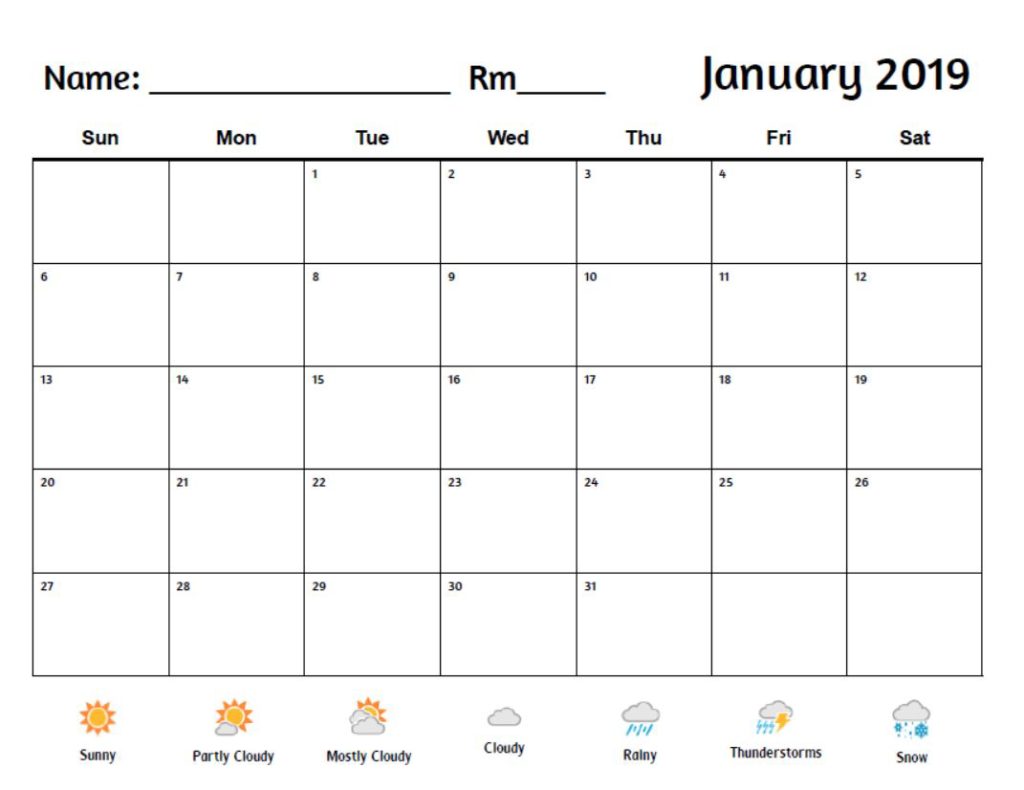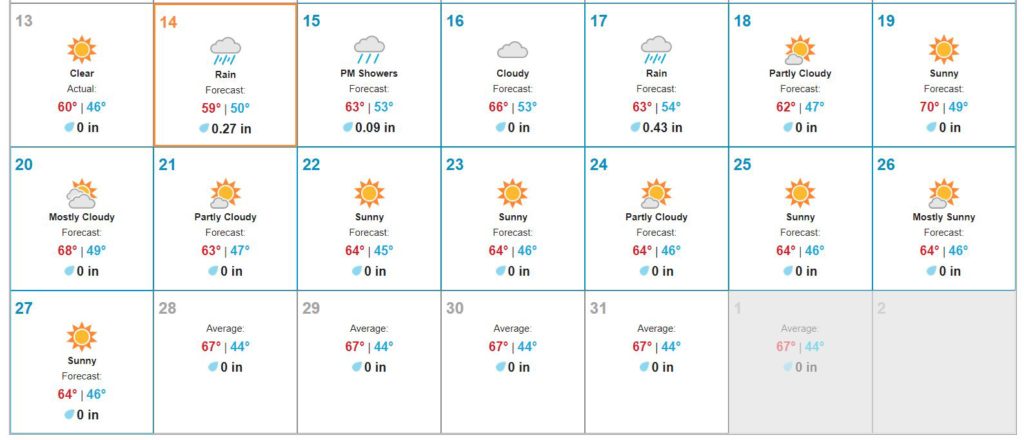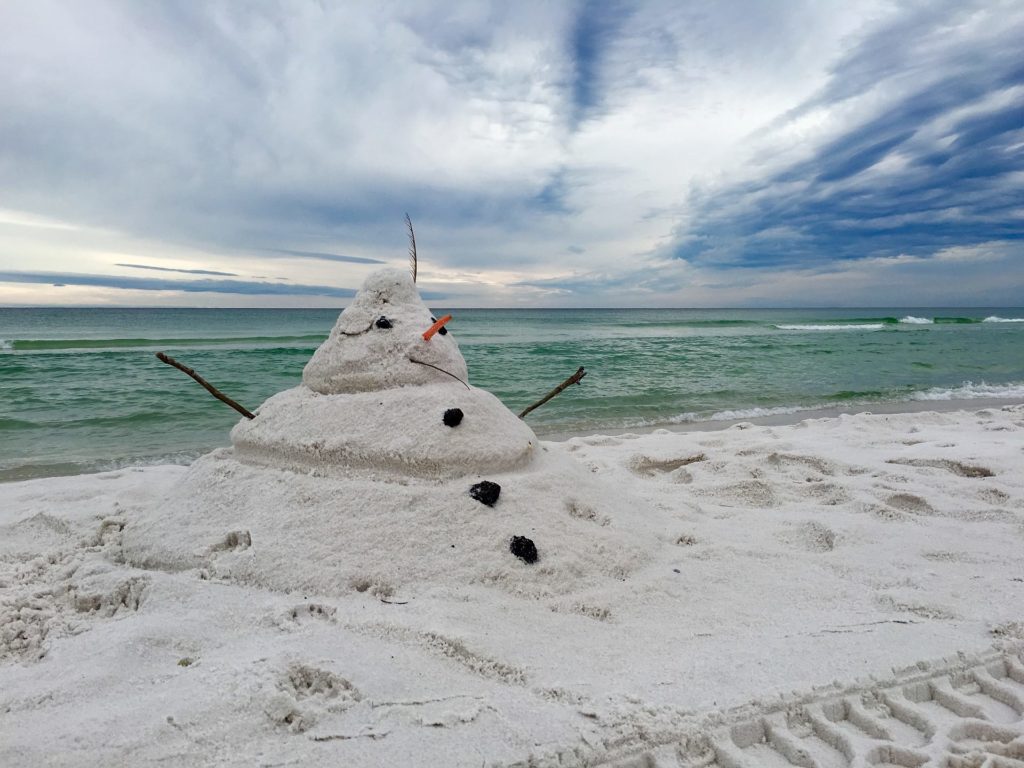1. Enable KML in Google Earth
For the last couple weeks we have been looking at volcanoes using maps or Google Earth. Since we have not had time to actually view all of the volcanoes at once, I will make it easier for you.
- Open Google Earth web version.
- Go into Google Earth’s settings and “enable KML import” – toggle the button to blue. (click the three bars at the top left and then “settings,” then scroll to the bottom) Short video shows how to do this.
2. Import Volcano KML
- Return to this page and download this file. The file will be in your folder.
- Go back to Google Earth and into “Bookmarks.”
- You will see “Import KML File” at the top. Click on this, then “from file” (not Google Drive).
- It will open the file explorer window. Go into your download folder and select “google-earth-volcanoes.kmz.”
- It will automatically load all of the volcanoes.
3. Explore from a Distance
Now that you have all of the volcanoes loaded into Google Earth, take a look at the volcanoes from a distance – don’t zoom in too close. Move Earth around so that you can see all of them. What do you notice? What do you wonder?
Question: Why do volcanoes occur in these locations?
Use a claim-evidence-reasoning statement to explain your thinking. Here is an example, but also see the hints below.
Sentence frame: Volcanoes _______ [claim]. This is because ________[evidence]. This might be because ________ [reasoning].
Claim
A claim directly answers the question.
Use key words provided by the question or prompt as you write your answer.
Avoid using phrases like “I think” or “I believe.” Be CONFIDENT in your claim!
- Volcanoes occur ___________.
- ___________ happened when _________
- I observed ________ when _________.
- I compared ________ and __________.
- I noticed __________, when _________.
- The effect of __________ on ___________ is _________
Evidence
Provide reliable data, clues, or information to support your claim.
What is your proof?
What do you observe that proves your claim?
- In the image/map/Google Earth ____
- One piece of evidence includes ___
- In the data _____
- The evidence I use to support ______ is _____
- I believe _____ because _______.
- I know that ____ is _____ because ______
- Based on _____, I think _______.
- Based upon ______, my hypothesis is ______.
Reasoning
Explain in detail how your evidence supports your claim.
Restate your claim and evidence to show your conclusion – your reasons for your thinking.
- Based on this evidence, volcanoes _____
- The reason I believe ______ is _________.
- All of this proves that _____ because ______.
- Based on the evidence, we can conclude
_____ because ______. - From this evidence, the conclusion we can
make is ____because _____. - These facts work together to build a case
that _____ because ______.
4. Adding in Earthquakes
Now we are going to add Earthquakes to Google Earth. We can do this the same way that we added the volcanoes from above.
- First you need the USGS kml file. You can download it here.
- Upload it the same way you did the volcano list – “Import KML File” and then “Open File.”
- Find the file in your download folder – it is called 2.5_month_age_animated_link.kml.
- What claim-evidence-reasoning statement can you make from observing the Earthquake data? How does it connect to volcanoes? Earthquakes and volcanoes _________ [claim]. This is because _______ [evidence]. This occurs because __________ [reasoning].
5. Oil Observation
Last week we made an observation of oil and thyme over a heat source. Your assignment was to draw a model before and after the candle was lit.
- What pattern did you observe?
- How is this connected to volcanoes and/or earthquakes?

